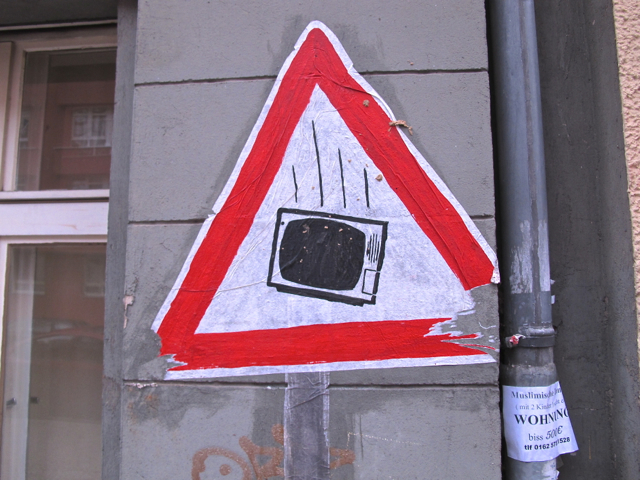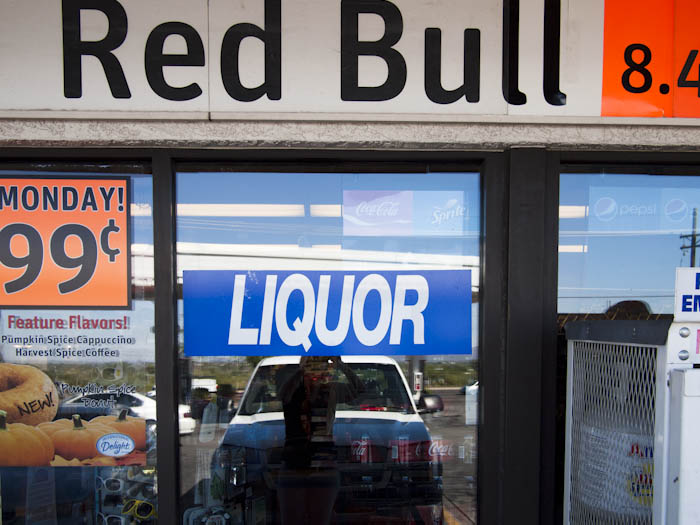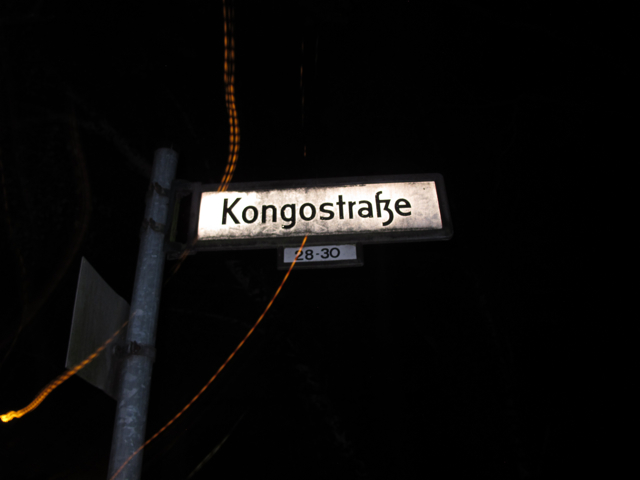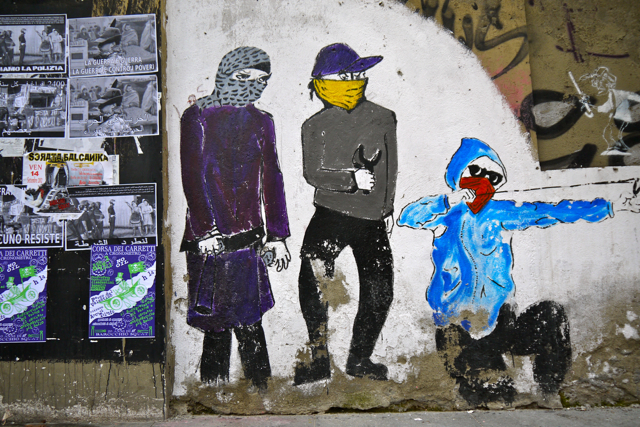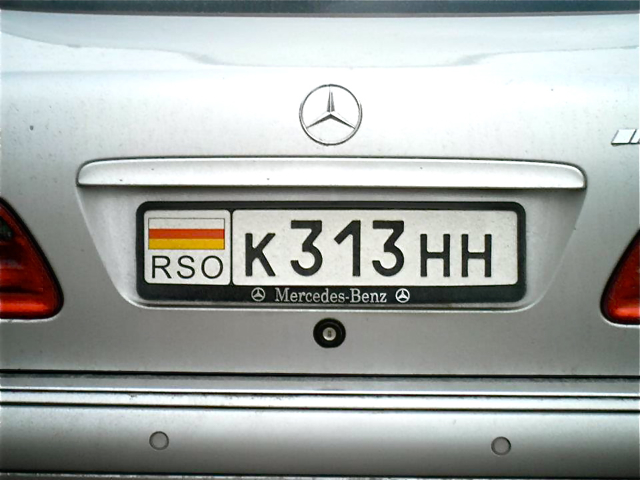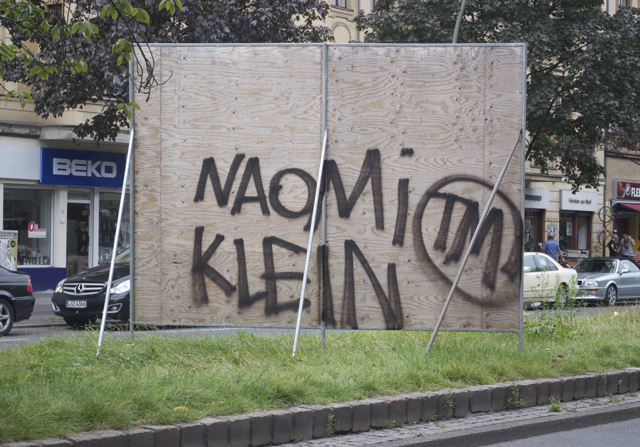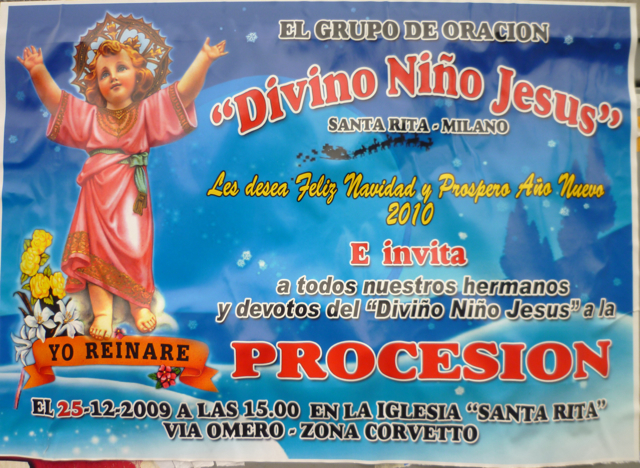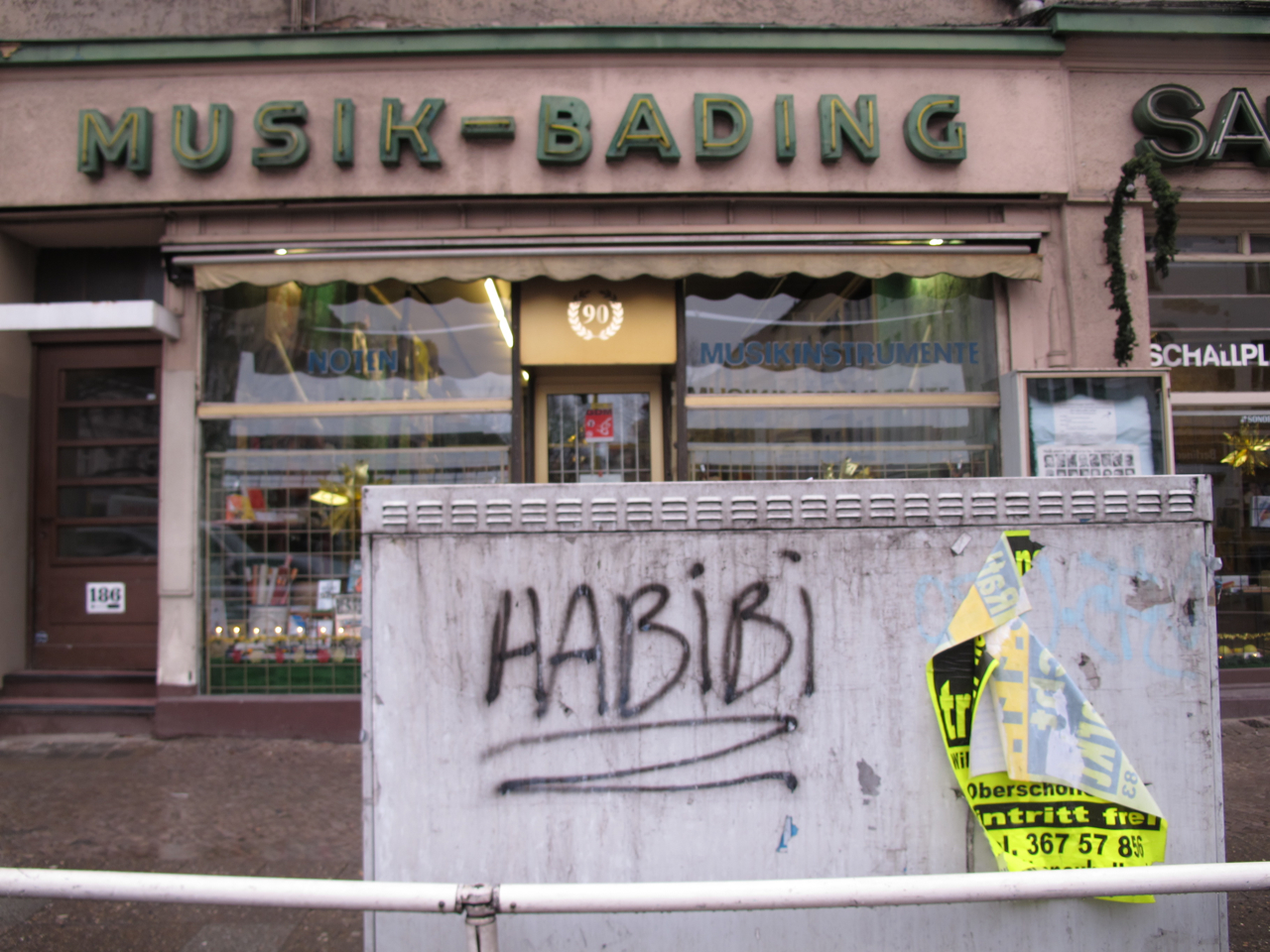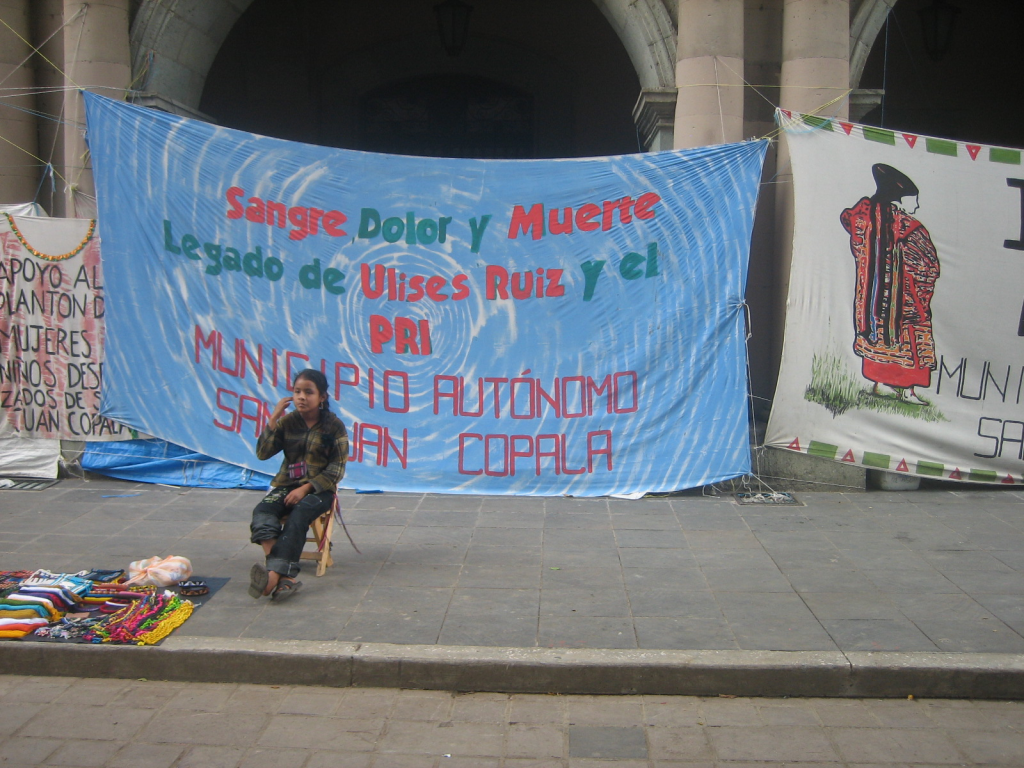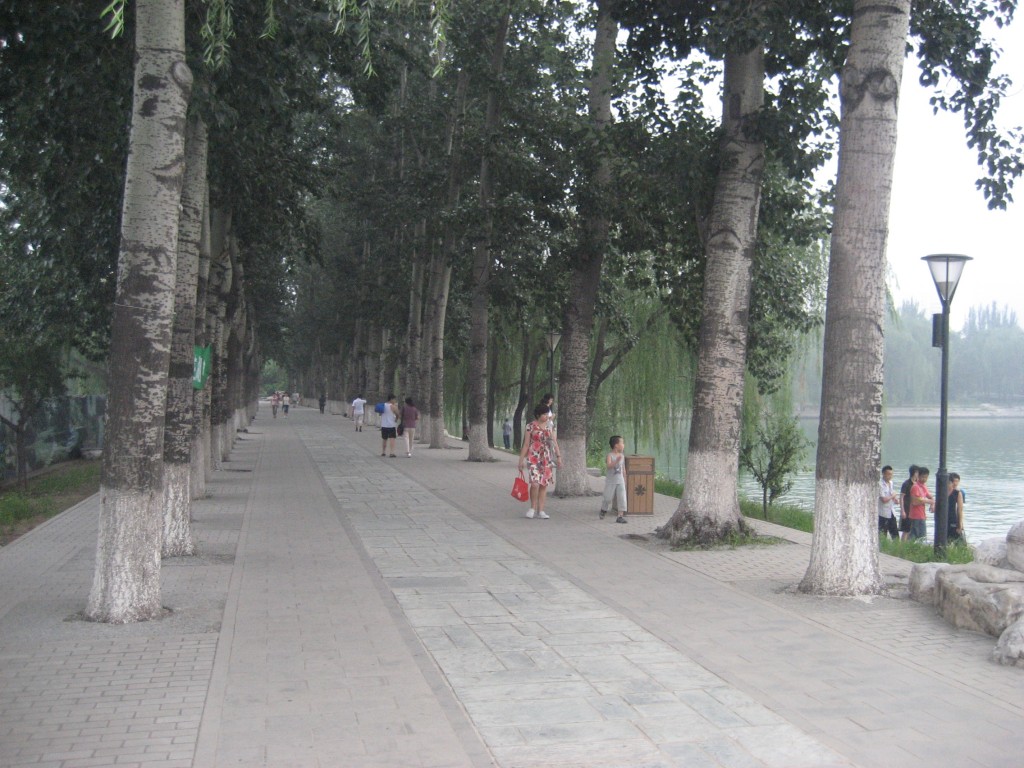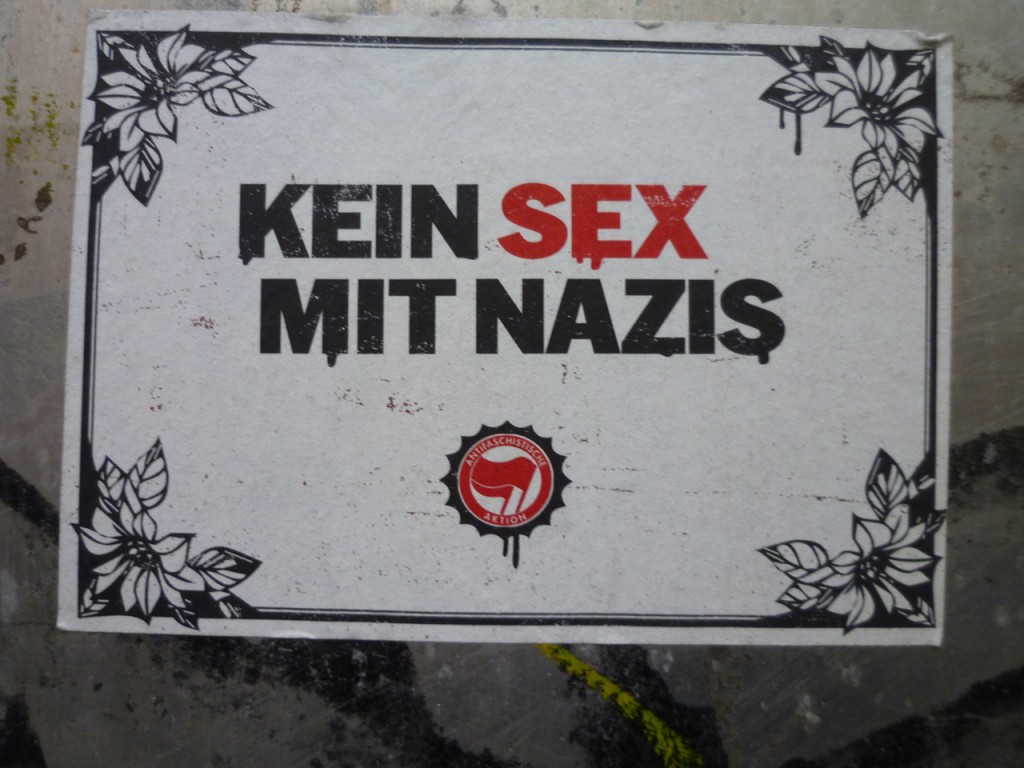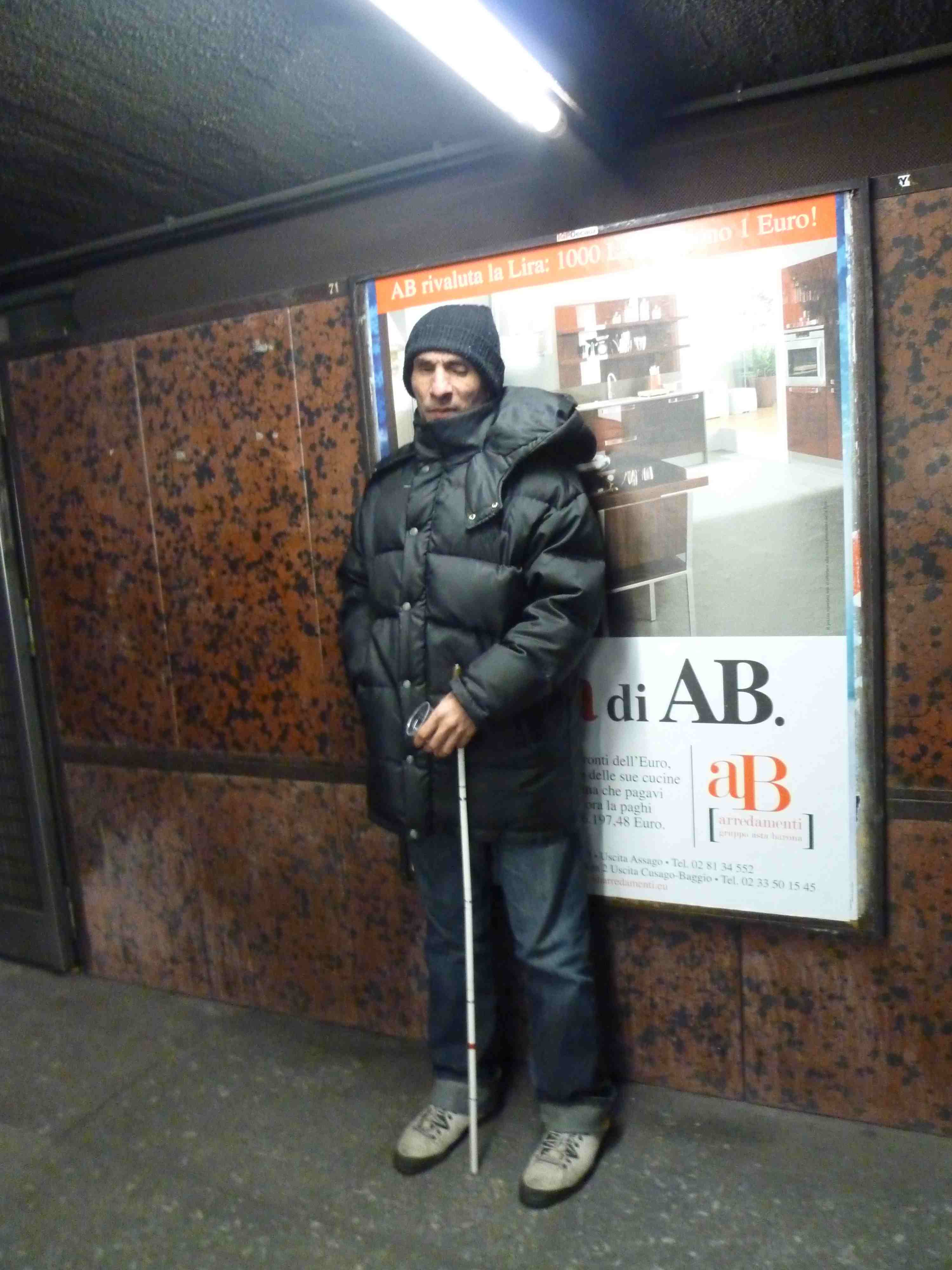A cathode ray tube was in my way. “What an appropriate start to my day,” I thought, as I pushed it aside, in order to exit the building. My first day back in Berlin, after spending a couple of weeks in Stuttgart, nothing could have better signified my return home. Someone had smashed an old TV set in front of the door overnight. (More…)
Hood
As a transplant from the San Francisco Bay Area, I spent my first decade in the suburbs of Tucson missing my neighborhood liquor store. It wasn’t just where I’d go to buy a pack of cigarettes, or the newspaper. It was central to the culture of the neighborhood. How could our local Circle K here compare, with its corporate branding, to the color and personality of my old corner shop? (More…)
Berlin’s U6 train stops at some lesser-known local oddities. African Streets station – a nondescript platform in Wedding – seems strangely ordinary given its history. Döner shops. Sports bars with frosted windows, and occupants with frostier stares. Names on doorbell buzzers betray a big mix of peoples. Croatian restaurants are in vogue here, whilst the window of a Middle Eastern restaurant advertises Türkische Pizza. (More…)
Whenever European cities decide to renew themselves, they tend to look to American models: Austin, Texas; Portland, Oregon. Even San Francisco, despite the fact that the California city has long since stopped being an alternative urban area, in the same way more affordable towns like Portland remain. (More…)
As Russia’s ruling tandem switches places yet again, Dmitri Medvedev ambling slowly off centre stage, legions of internet users offer a canned outrage that even the most vehemently anti-government newspapers hesitate to express. Vladimir Putin returns yet again – a superb pole vault of the vertical of power. (More…)
If you think you’re in New York, no one will disagree with you. So heavily overladen with graffiti, at times, Berlin resembles an American city in the mid-1980s. The fact that internationals are heavily responsible for the art (including a heavy dose of New Yorkers) does little to dissuade such comparisons. However, push a little deeper into the German capitol, and you’ll begin to notice some serious differences. (More…)
Versace. Benetton. Dolce and Gabbana. Whenever foreigners utter the word ‘Milan’, it usually conjures up luxury brands. Not Ecuadorean migrants. During the year that I lived there, Italy’s fashion capitol became synonymous with an entirely different set of signifiers: Colorful Spanish-language flyers for charismatic Christian festivals, and Peruvian big band gigs. (More…)
It’s an instant montage. If you know anything about the neighborhood, the contrast is entirely appropriate. Matching Arabic (Habibi, or “beloved”) with the German spelling for music (the store in the background sells musical instruments and scores,) the combination of words is its own metaphor. Even better, the street this scene is set on goes by the name of Karl Marx Straße. Berlin, anyone? (More…)
I came to Oaxaca on a whim. A friend announced that she was taking a trip south (I live in northern California,) so I decided to tag along. I hadn’t been to the country since I was a kid, when my family took a cruise to Acapulco.
My knowledge of Mexico was spotty. Besides a smattering of Zapatista lore and typically tabloid news fare (maquiladoras, illegal migrants, narco-violence, etc,) my ideas about the country came from a book by Oliver Sacks, about Oaxaca’s biodiversity. He has a thing for ferns. (More…)
The north entrance to Yuyuantan Park in Beijing’s Haidian district is not the main entrance. After passing through a working-class neighborhood of three and five-story brick apartment buildings, this entrance is at the bottom of a sloping street lined with fruit-sellers and hawkers. On one side of the street, an old neighborhood is being demolished; on the other side, new apartment buildings have arisen. These buildings are handsome, understated, some of the most expensive in Beijing, and the residence of the new neoliberal elite. (More…)
There wasn’t a day that he wasn’t there. If he wasn’t standing at the bottom of the stairs, leading down from our side of Piazzale Loreto, he’d be in the middle of the tunnel, connecting one side of the square to the other. Whether it was hot or it was cold, the same sock hat was always affixed to his head. Upon reflection, I can’t remember when he wasn’t wearing a down jacket, either. (More…)
